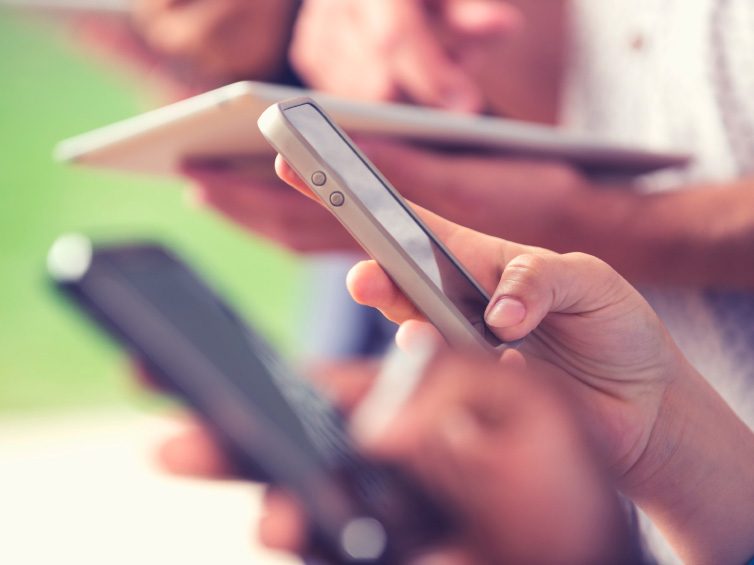Should We Worry About Health Risks From Our Cellphones?
What the experts say about possible harmful effects.

Can your mobile phone pose a risk to your health? Over the years, it’s been accused of causing insomnia, decreased sperm count and distracted driving. Now, in a recent open letter from scientists, the technology is being held accountable for cancer tumours.
When you’re making calls, texting your friends or accessing the Internet, and even when your mobile device is just checking in with nearby phone towers, it emits radio-frequency waves, a form of electromagnetic radiation. Unlike radiation that wreaks obvious havoc on human health, these waves don’t carry enough energy to ionize the atoms that make up our bodies. In fact, they have even less energy than visible light, which is itself another kind of electromagnetic radiation. So the idea that our wireless gadgets could cause cancer may sound pseudo-scientific.
On May 15, 2015, a group of more than 200 scientists from around the world signed a letter to the United Nations expressing their concern that safety regulations aren’t doing enough to address potential health risks from mobile phones and devices. Even if adverse effects from radio-frequency radiation (RFR) haven’t been firmly established, they haven’t been ruled out, either.
The letter points out that in 2011, the World Health Organization‘s International Agency for Research on Cancer (IARC) declared RFR “possibly carcinogenic to humans,” based on limited evidence of a link between heavy cellphone use and glioma, a type of brain cancer. The “possibly” category is a way for IARC to hedge its bets when “a positive association has been observed … for which a causal interpretation is considered credible, but chance, bias or confounding could not be ruled out with reasonable confidence.” Other items classified the same way include gasoline exhaust, coffee and working at a dry cleaner.
For the time being, there’s room for arguments from all sides on the question of whether RFR is hazardous, and if so, just how much exposure it would take to increase cancer risk. (In the biggest cohort study to date, only the group with at least 1640 total hours of cellphone use over 10 years or more showed a rise in glioma tumours, and it was a modest one.) But most everyone would agree that we need more investigations and that, as tobacco has taught us, it would be best if they were independent. Several of the studies so far have had industry funding, which makes their evidence trickier to weigh.
If you don’t want to wait for the slow march of science, you can always play it safe in the meantime by using headphones or your device’s speakerphone rather than pressing it against your head. “It has several antennas inside, and by holding it a short distance away while they’re active, you’ll be cutting down on your exposure,” says Magda Havas, an associate professor at Trent University in Peterborough and one of the signatories of the appeal to the UN. You could also save your longer gabfests for land lines or in-person meetings, using mobile phones only for the quick, on-the-go convenience we’ve grown to love.



